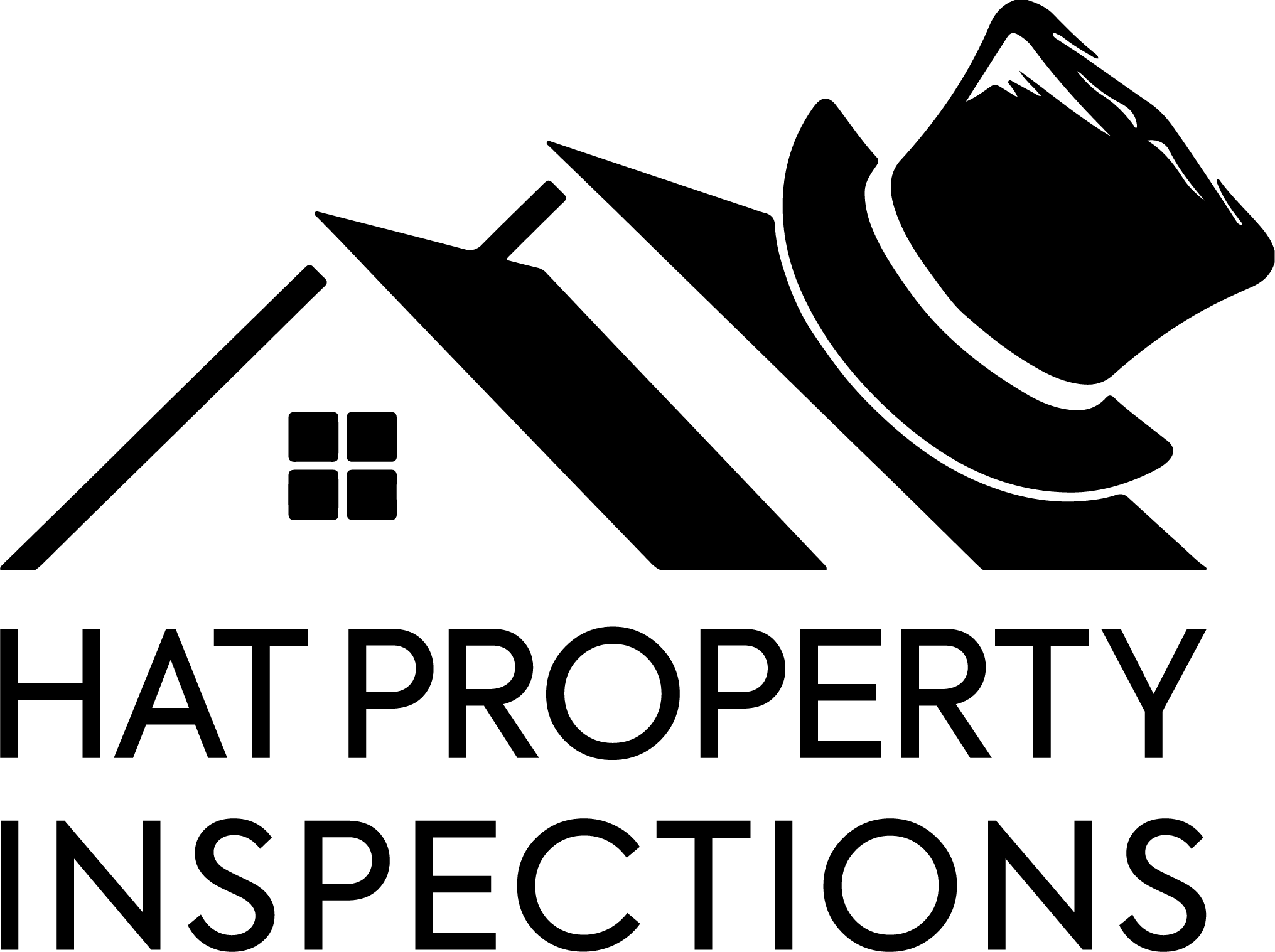-
What is Radon? Why Test for Radon?
Radon is a naturally occurring radioactive gas that is formed by the breakdown of uranium in soil, rock, and water. It cannot be detected by the senses. You cannot see it, smell it, or taste it. However, it can be detected easily with radon measurement devices.
When radon enters an enclosed space, such as a home, it can accumulate to high concentrations and become a health concern. Radon can enter a home any place it finds an opening where the house contacts the soil: cracks in foundations and floor slabs, gaps around service pipes, floor drains, and sumps.
Radon levels in homes can vary significantly over time and from season to season. Levels are higher during winter months when houses are sealed up. A long-term measurement period, 3 to 12 months, is required to give an accurate indication of the annual average radon concentration in a home. During this type of measurement there are no requirements for the occupants to change their lifestyle once the measurement devices have been put in place.
Every home needs to be tested for Radon. In fact, 7% of homes in Canada have high Radon levels and Radon is the 2nd leading cause of lung cancer after smoking contributing to 16% of lung cancers. The only way to accurately know how much Radon is in your home is to have it measured and interpreted by a Radon Measurement Professional.
While the health risk from Radon exposure below the Canadian Guideline is small, there is no safe level of Radon. It is the choice of each homeowner to decide what level of Radon exposure they are willing to accept. Health Canada recommends remedial action if the average Radon testing results are greater than 200 Bq/m3 during a minimum 90-day test in the heating season.
For more information about Radon please visit:
-
Radon Measurement Long Term 3-12 month
To achieve the most reliable and accurate results, Hat Home Inspections provides a long term 3–12-month Radon test deploying two (C-NRPP) approved radon measurement devices simultaneously.
 1. Long-Term Alpha Track Detector
1. Long-Term Alpha Track Detector
These detectors use a small piece of special plastic or film inside a container with a small defined opening. Air being tested diffuses through a filter covering a hole in the container. When alpha particles from radon and its decay products strike the detector, they cause damage tracks; the number of tracks is proportional to the radon concentration. At the end of the test period, the container is sealed and returned to a laboratory for reading. An average level of Radon for the test period will be determined and included in your Radon report. If the average level of Radon is above 200 Bq/m3 Mitigation will be recommended.2. Long-Term Pulsed Ion Chamber Continuous Radon monitor
These detectors are a smart blue tooth device that displays Radon readings in real time. The Radon level in your home can be viewed at any time on the digital display. The continuous measurements will be plotted on a chart and included in your Radon report. The information gathered from the long-term continuous readings will be invaluable in determining mitigation solutions. It will help determine times that environmental, occupancy and HVAC conditions could be contributing to high Radon levels in your home.
At the end of the test 3-12 month test you will have the necessary information to determine if mitigation is required to lower the Radon Levels in your home. You will receive a comprehensive report with a recommendation to mitigate or not and why. The report will contain the maximum, minimum and average Radon levels on a time scale throughout the duration of the test. The results will be prepared in an easy-to-read graph and the results will be explained simply.Click the link below to view a sample Radon Measurement report
https://www3.discoverhorizon.com/dl.aspx?i=gTMOrkPPMcYzzz
-

wes@hatpropertyinspections.ca
